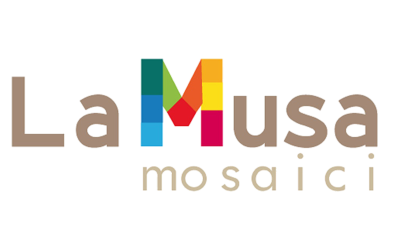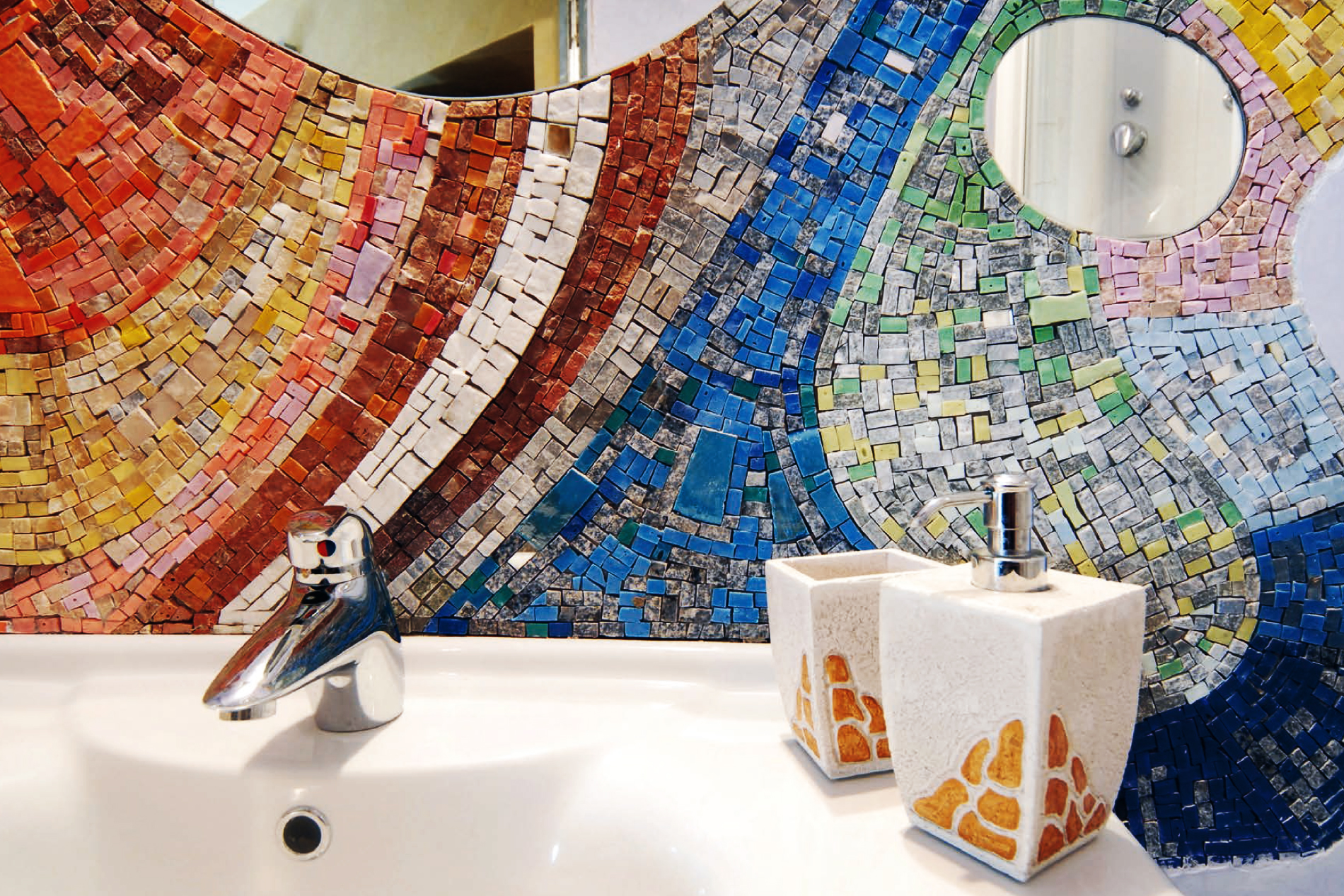Mosaic art italy origins
The word “mosaic art” comes from Greek and means «patient work worthy of the Muses”. Without objection represents one of the most high expression of art and one of the most antique and showy way of ornamentation as integral part of architecture. Archaeological finds of Ur and Uruk cities shows that Sumerians on 3000 b.C. adorned their constructions with geometrical decorations putting inside the fresh mortar clay cones with an enameled white, black and red base, which was useful to protect the brickwork of row bricks. In Greece on V-IV sec b.C., spreads pave mosaic of little stones, born with more practical functions than aesthetic, to protect from the usury the clay pavements. First witnesses of natural stones tiles mosaic in ancient Rome were during the late III sec b.C.. Then, with the expansion in Greece and Egypt, starts an interest around the aesthetical research and sophisticated compositions. With the spread of Christianity in the III sec d. C. and with the consequent construction of worship buildings, mosaic passed from the floors to the walls preferring sacred subjects. Even the material became richer, glass paste overflowed churches, while golden tiles marked a spiritual lights and a supernatural dimension. Between XV and XIX, sec. mosaic evolves but becomes succubus to the paint and lost its independence and function, showing in this way many technical virtuosity. In the twentieth century many artists as Gaudi, Klimt, Severini etc. gave back to the mosaic a new life tuning to the modern times. They let reborn the monumental dimension of synthesis of the mosaic, the great breath with the architecture, developing solutions of design, decorative elements, panels and forms to let in the spaces of daily life.

